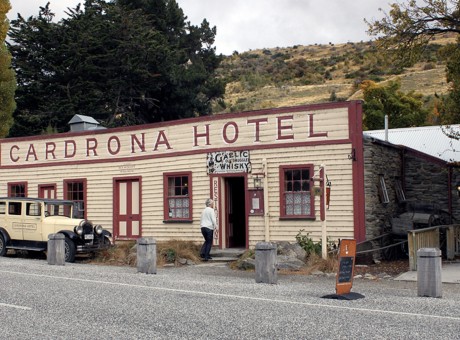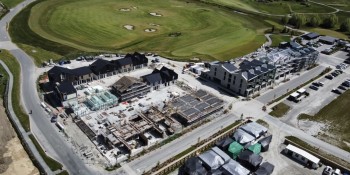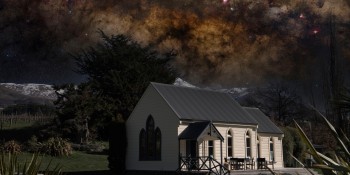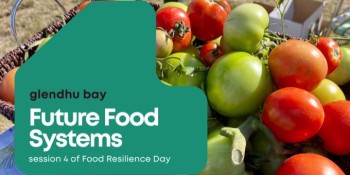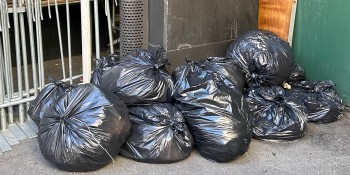2019 - an Alexandra teacher and irrigation expert predicted our current sewage crisis.
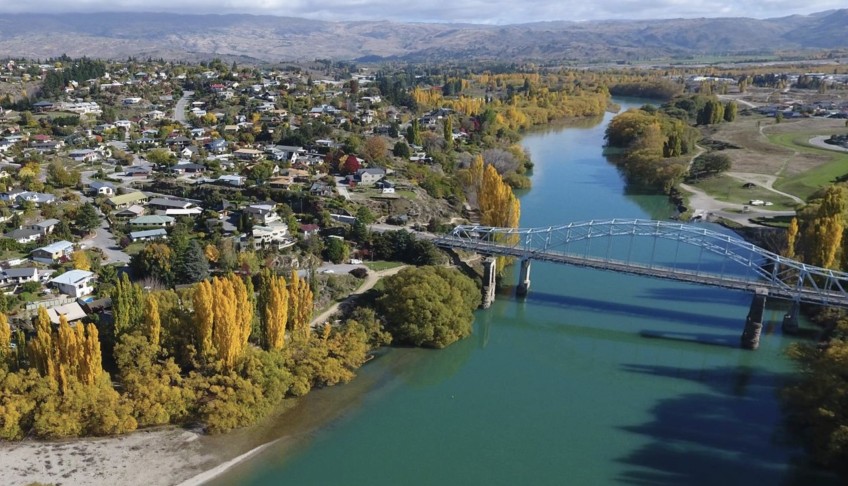
Gavin Dann is a retired Dunstan High School science/biology teacher, living in Alexandra.
He also served as Chairman of Directors of the Last Chance Irrigation Company and Chairman of a Domestic Potable Water Supply near Alexandra.
In 2019 the 'News' (previously known as the Central Otago News) published a series of articles called "Protecting our Water" written by Mr Dann.
The first of these was published on 24th January 2019. He posed questions in these opinion pieces around river water quality which both the CODC & QLDC were asked to respond to.
Mr Dann appears to have been amongst the first people in the wider district to predict the current sewage catastrophe.
Mr Dann has kindly supplied the article below for us to republish - do any Crux readers have access to the following editions that included official responses and more original content?
- January 24
- February 7
- February 14
- February 21
- February 28 (this article)
- May 30
- June 27
- August 1 (Letters to the Editor)
Human Waste …send it down the river!
by Gavin Dann.
Central Otago News, February 28, 2019.
"I write this, drinking my morning cup of coffee. Usually, a moment to savour, but this morning I’m struck by the notion that my 300 ml cup of coffee might in future contain sewage effluent - about the same amount as my dash of cream, but considerably less appetising.
"Let me explain why.
"In two previous opinion pieces I have questioned the quality of water that reaches the new intake pipes for Alexandra’s drinking water supply, due to legal discharges of stormwater and treated septage from Queenstown, Cromwell and Wanaka. As Central Otago’s population increases, the problem worsens, but if responses to my concerns by the Central Otago District Council (CODC) and the Queenstown Lakes District Council (QLDC) are anything to go by, they just don’t get it.
"The CODC Infrastructure Services Water Manager pointed out that the council intends to improve the quality of local water by spending $30 million dollars on infrastructure over the next 10 years. A promise that that does nothing to stop septic waste flowing into our rivers. It will worsen the problem at Alexandra by adding Clyde’s effluent to the discharge.
"The anonymous person from the QLDC who claimed last week that Project Shotover discharges onto land – ‘land’ that in reality is river gravel in the Shotover delta.
"The same person who acknowledged a daily discharge to the river of around 10,000 cubic metres – when figures I obtained from the Otago Regional Council show that between March and July 2018, this figure was exceeded 72% of the time, and was as high as 15,598 cubic metres on 22nd May 2018. Readers may be interested to know that the Council is permitted by its resource consent to put almost four times this amount of treated effluent into this gravel - and no doubt will, as the Queenstown area continues to grow.
"The council spokesperson then says, “The Kawarau River flows above 200 cubic metres per second (cumecs)”, when Otago Regional Council data shows a low-flow 7 day average annual flow of 84 cumecs.
"The lowest flow recorded in the Kawarau River at Chard Rd is 25.7 cumecs …far from the 200 cumecs claimed by the QLDC.
"The QLDC has failed to comment on the hundreds of stormwater pipes carrying toxins into Lakes Wakatipu and Wanaka and local rivers and justifies its discharges by saying that treated effluent in the river accounts for “just 0.06% of the daily flow” (or a slightly smaller dash of cream in my coffee) …as if this is OK. It is not OK!
"But let’s look at where these numbers take us. It’s not unreasonable to assume Queenstown grows to the point where the discharge reaches 45,000 cubic metres per day. Using the ORC’s minimum 7 day low-flow figures for the Kawarau River, means that on occasions the sewage effluent in the river would reach 1% of the daily flow. The same proportion of effluent to water as those 3ml – or thirty drops of cream - in my cup of coffee.
"I invite that spokesperson to stop obfuscating the truth. Better still, they might like to imagine themselves drinking their morning cup of coffee in Alexandra in a few year’s time when, based on today’s projections, their dash of cream could be joined in equal measure by a septic discharge – enabled and approved by our local councils. It’s enough to leave a very bad taste in this columnist’s mouth. "







